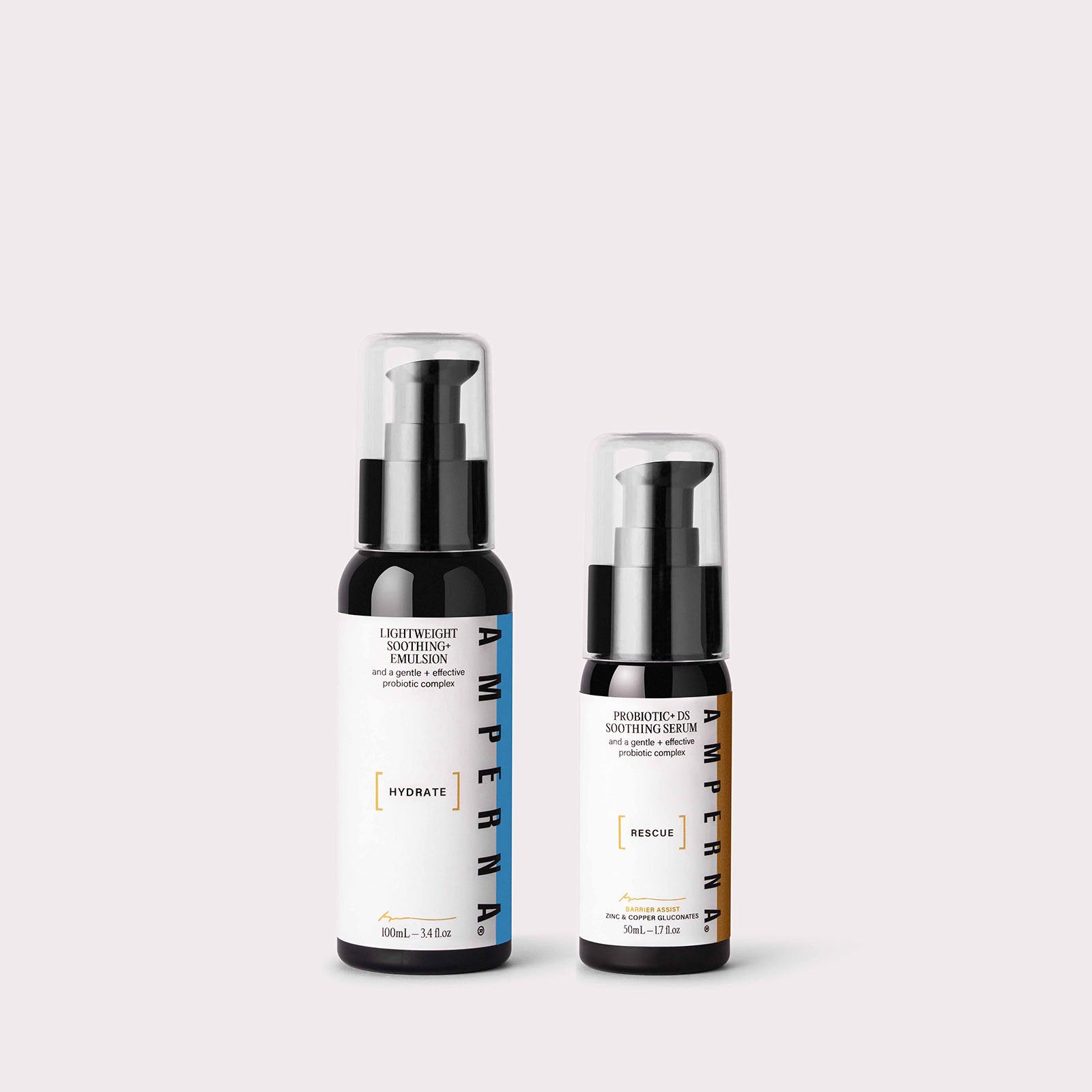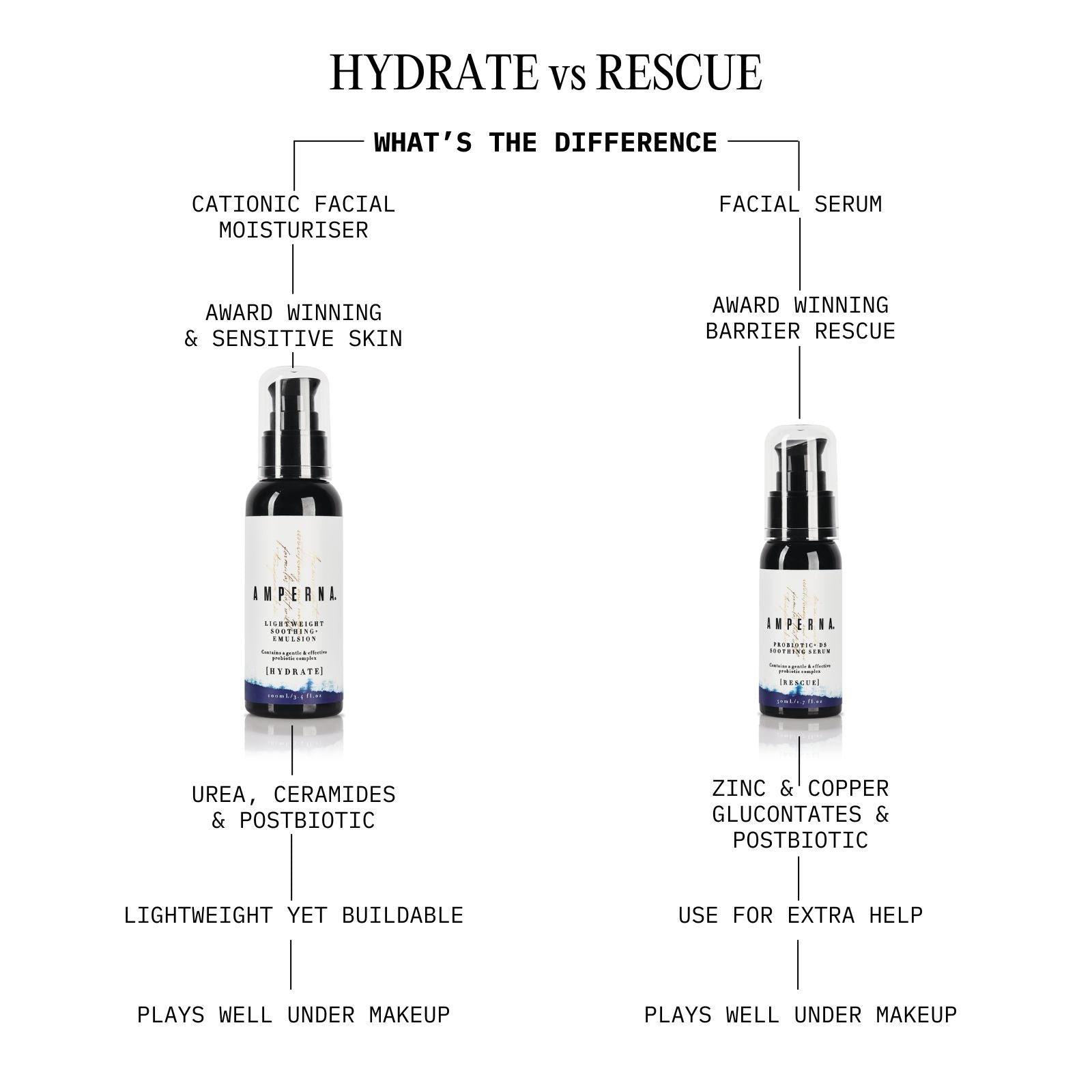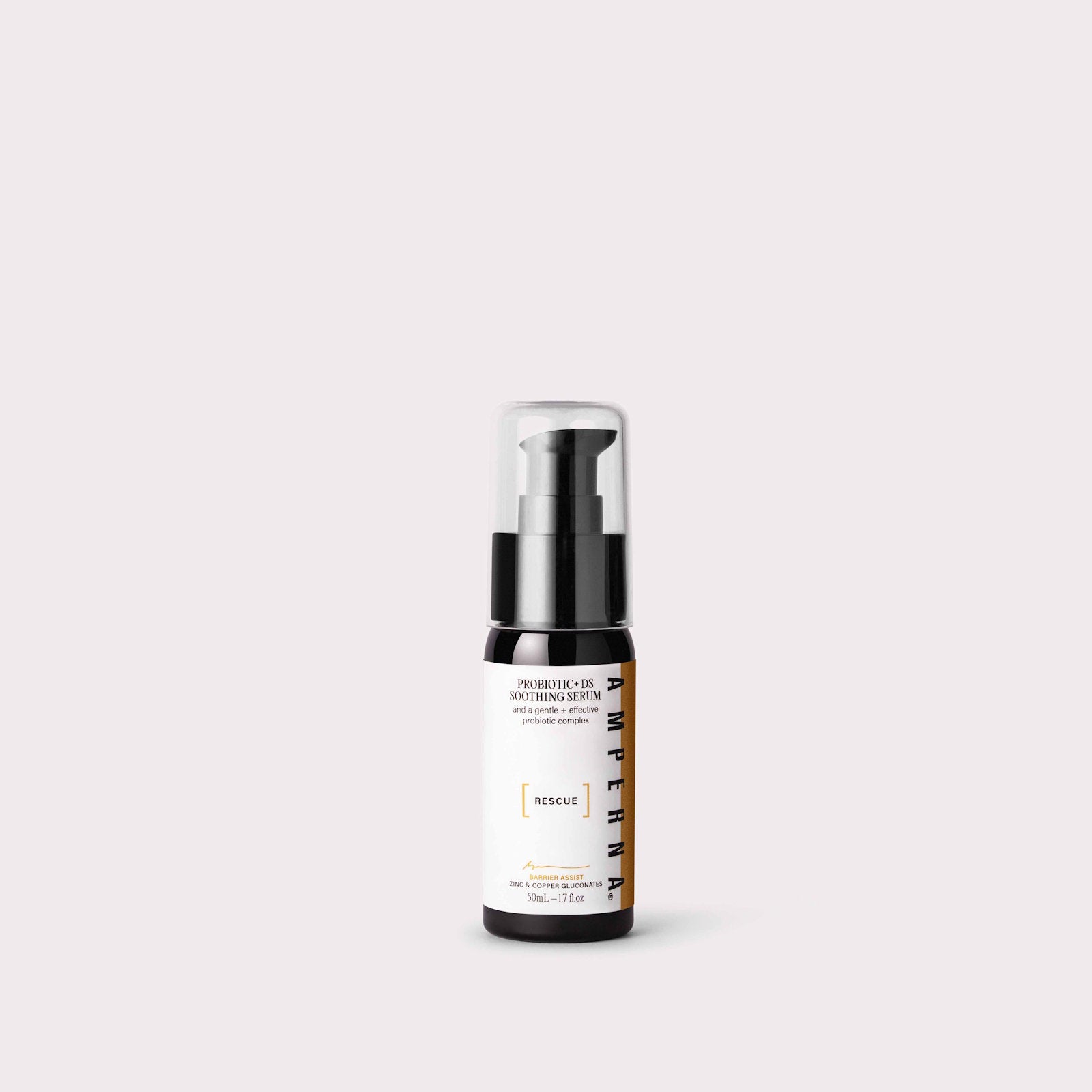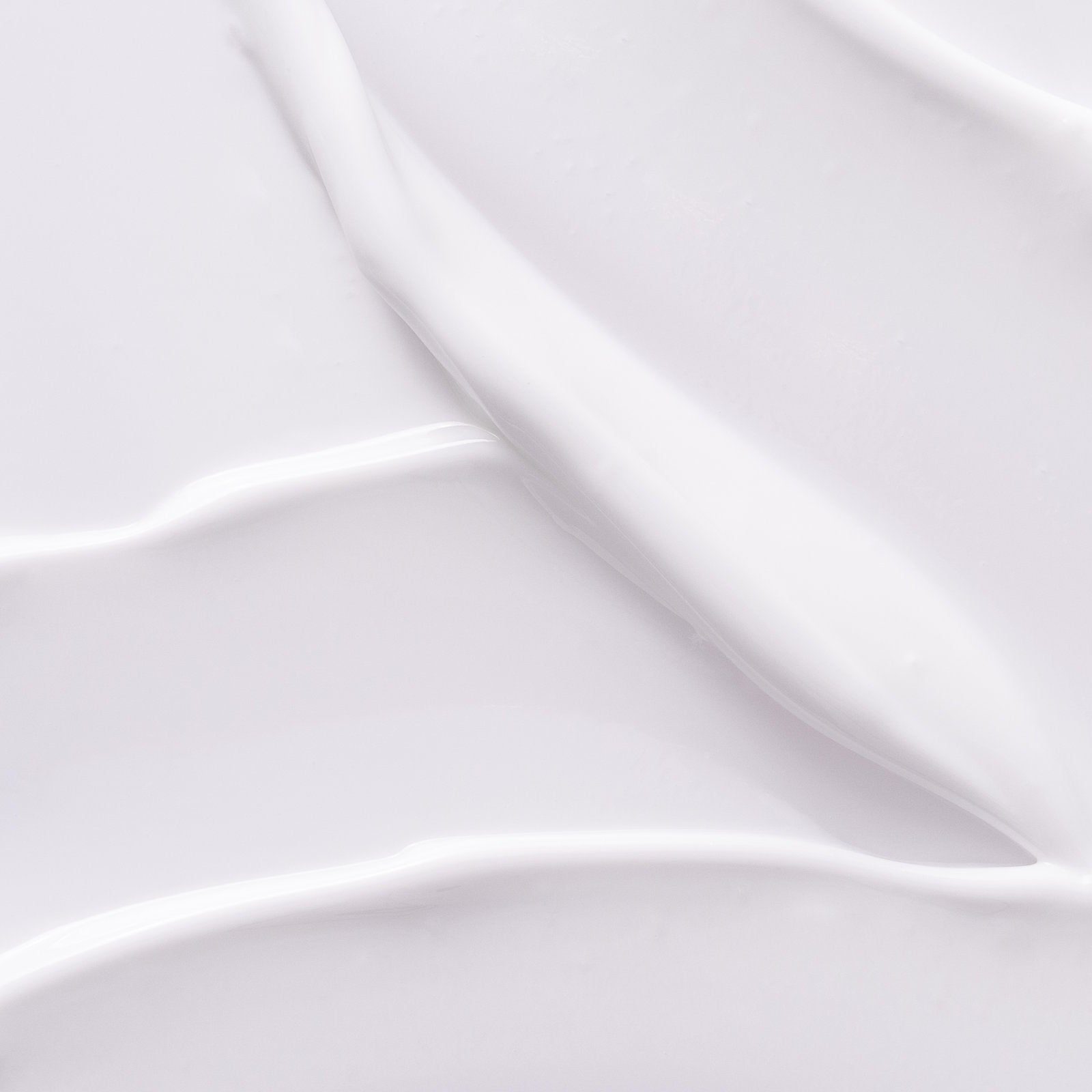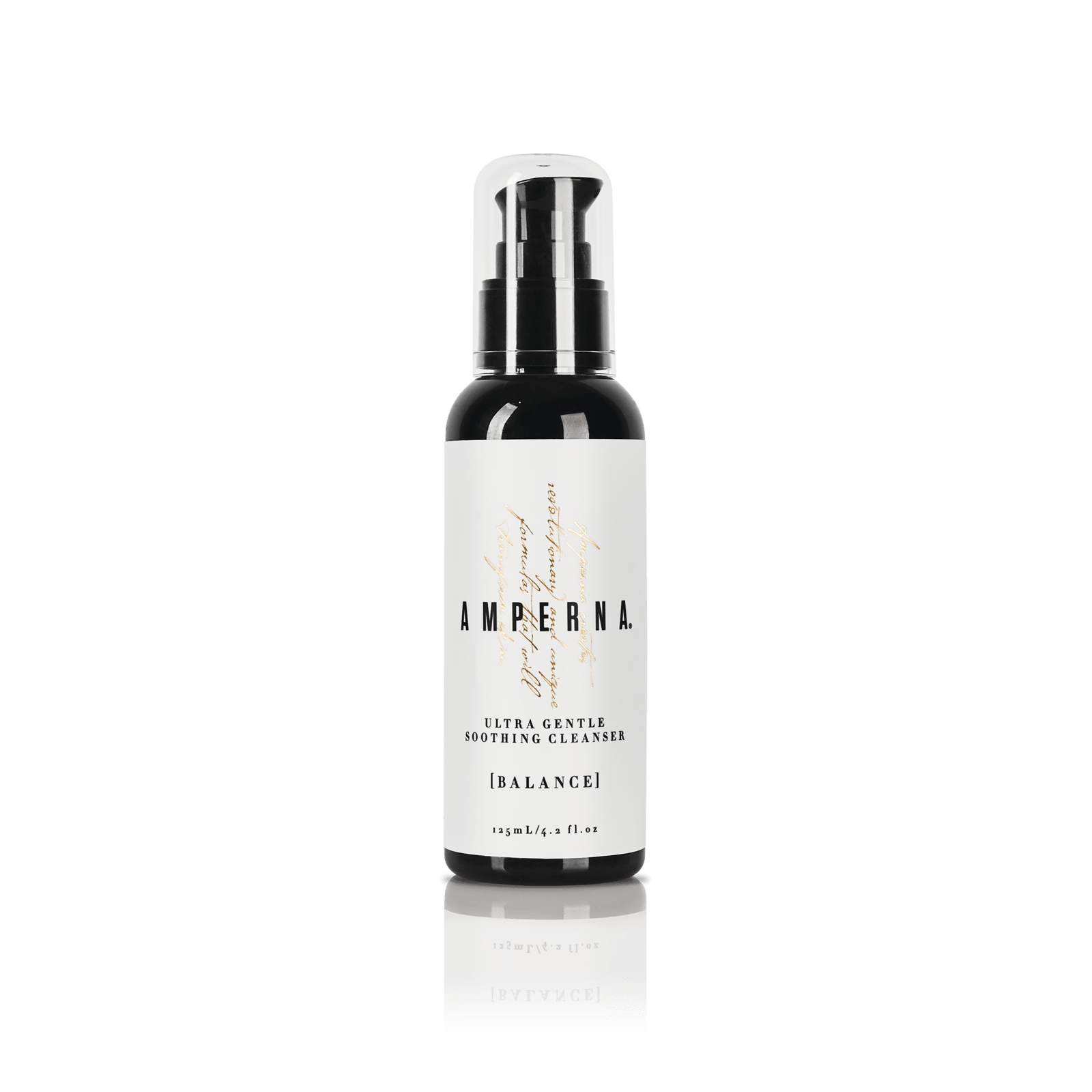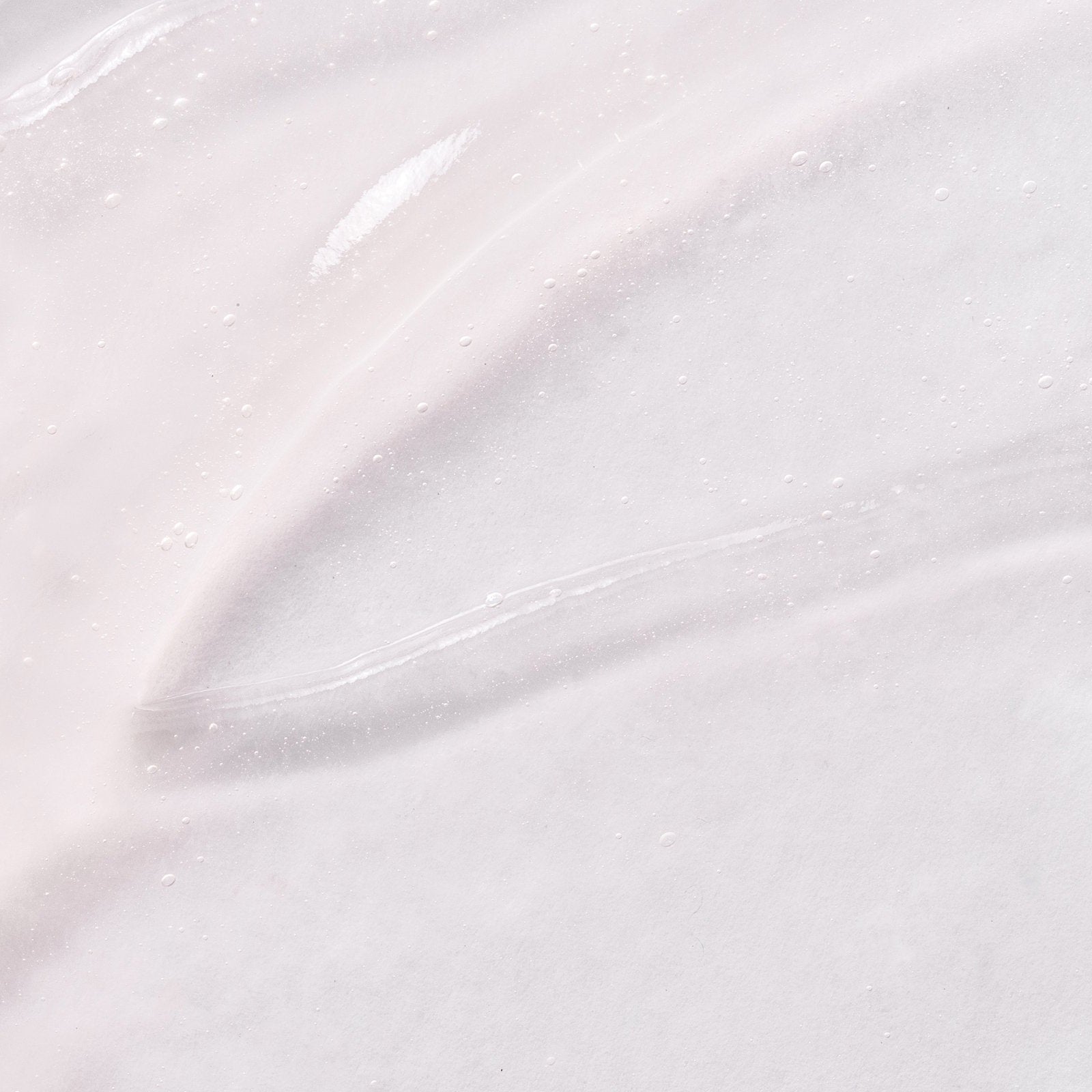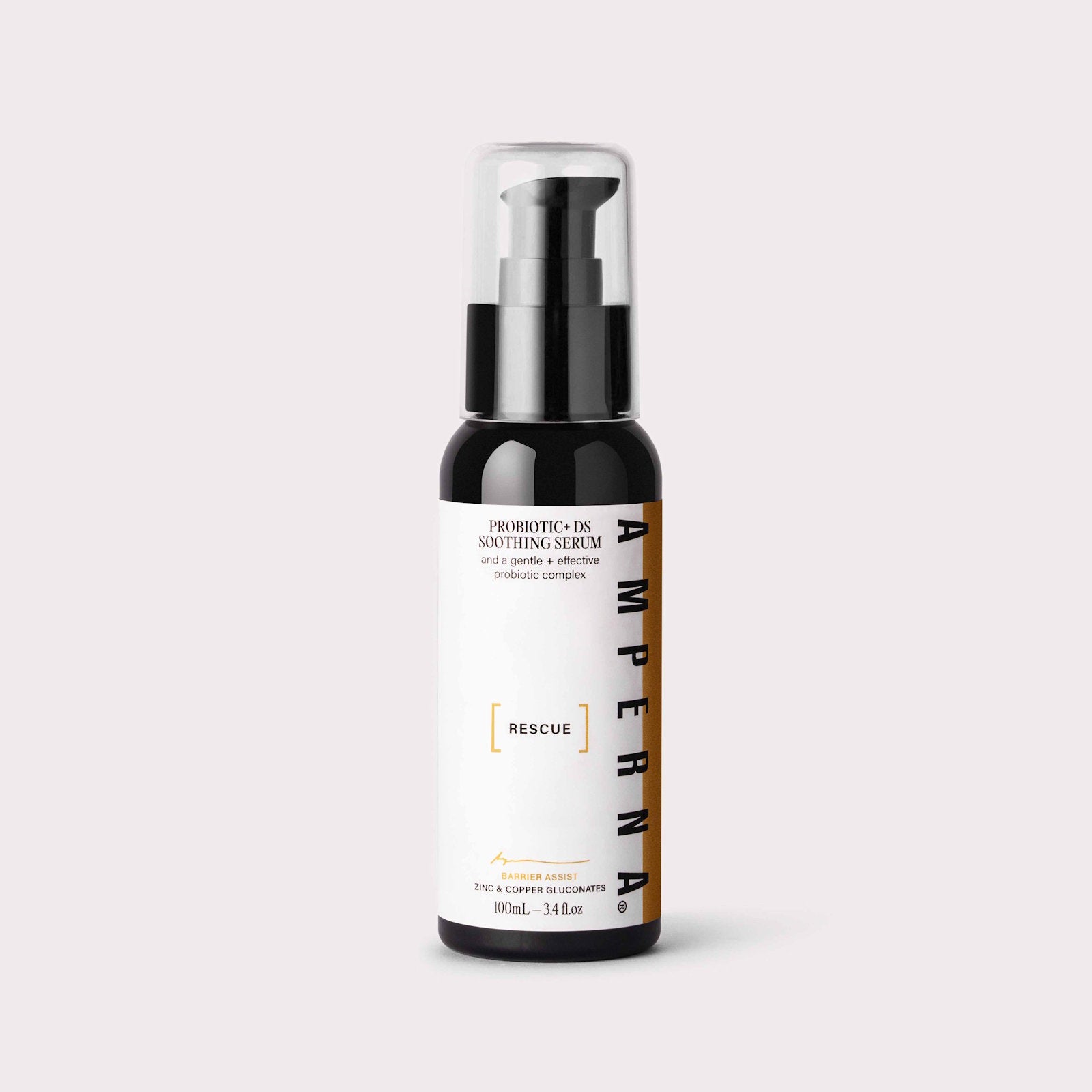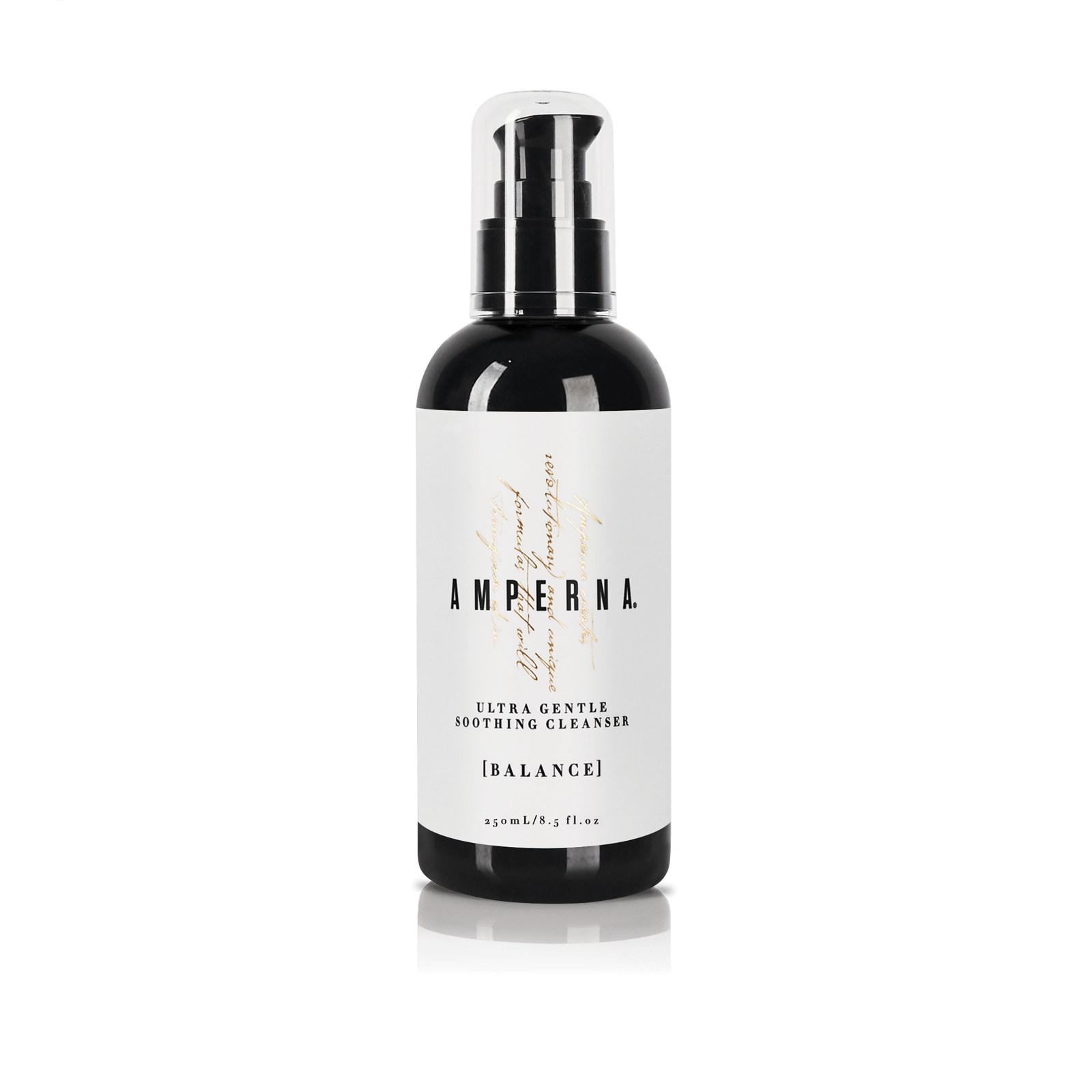Looking after your skin health goes beyond the beauty products you use. Your diet, gut health, stress levels and daily habits all play an important role. As part of your lifestyle choices, have you ever wondered what chemicals are used in the production of the clothes you buy and how they can affect your skin?
For the many people with sensitive skin and conditions such as eczema, dermatitis and psoriasis, it is important to understand which fabrics are gentle on the skin and which are likely to aggravate it. In particular, for people with “contact dermatitis” which causes their immune system to react to normally harmless substances in the environment.

Textile Production
Thousands of chemicals are used in the manufacturing of clothes and these chemicals can cause allergic reactions. The allergen can be both the fabric and the chemicals added in the production process such as textile dyes.
A few years ago, a research project was undertaken by Stockholm University to understand if these chemicals are present in the clothes we buy. The researchers found “Several substances related to health risks were identified and not even organic cotton was a guarantee for non-toxic textiles”. You can read more about the study here:
https://www.sciencedaily.com/releases/2015/10/151023084508.htm
Given some chemicals used in production wash out and some remain, it is recommended to always wash clothes before wearing them and select fabrics that are kind to our skin.

Choosing Fabrics Suitable for Sensitive Skin
If you have a skin condition or skin that gets easily irritated, it is best to choose natural fibers such as silk, cotton, linen, cashmere and wool.
Natural fibers are derived from living organisms with little or no chemical changes.
Clothing made using these fibers have the following advantages:
- Hypoallergenic
- Resistant to everyday allergens such as mould/dirt
- Anti-bacterial
- Breathable
- Help regulate temperature
- Environmentally sustainable
A Closer Look at the Top Three Fabrics for Sensitive Skin
Silk
Because of its 100% natural protein structure, silk is known for its hypoallergenic properties, making it suitable for people with even the most sensitive skin including eczema and psoriasis sufferers. Whilst it is smooth and light to wear, its dense fabric structure helps protect the skin against allergens such as dust and mites.
Silk is especially good for spring and summer as its high absorption levels mean your skin feels dry and refreshed.
100% Cotton
Cotton is a soft & fluffy fiber that grows in a boll or protective case. It is almost pure cellulose.
It is lightweight, absorbent and is a popular choice to use in the production of T-shirts, socks, underwear and towels. This natural, allergy-free fiber provides comfort and does not cause your skin to feel scratchy or irritated. It also offers the advantage of being very durable. The National Eczema Society (NES) suggest that many people with eczema choose cotton clothing as it allows the skin to breathe and prevents overheating.
Linen
Made from fibers of the flax plant, linen has many qualities that can benefit people with sensitive skin. Its weave means it is very breathable, making it cool and fresh to wear in hot humid weather. Another advantage is linen is highly absorbent and dries quickly. Finally, it is a good conductor of heat, which improves cooling.
It is also important to consider:
- Using delicate, natural fabrics for your bedding nightwear and underwear
- Using natural and organic cleaning products

Fabrics to Avoid or Limit Contact With
If you have sensitive skin, it is best to avoid synthetic fabrics such as acrylic, polyester, nylon and rayon (artificial silk).
- Acrylic fibers are made from a polymer (polyacrylonitrile). They are commonly used in warm clothes such as sweaters and tracksuits
- Polyester is made from synthetic polymers that are made from esters of dihydric alcohol and terpthalic acid.
- Nylon is made from petroleum and when given a chemical finish can irritate the skin.
- Rayon is made from recycled wood pulp and is treated with caustic soda, ammonia, acetone and sulphuric acid to endure washing and wearing
During production, these fabrics are treated with a large variety of toxic chemicals that can penetrate the skin causing irritation and triggering allergies. These fabrics have a large number of disadvantages versus natural fabrics including:
- The mono-fibers do not trap air pockets like cotton and provide poor insulation.
- Synthetic fibers burn more readily than natural.
- Prone to heat damage.
- Melt relatively easily.
- Prone to damage by hot washing.
- More electrostatic charge is generated by rubbing than with natural fibers.
- Not skin friendly, so it is uncomfortable for long wearing.
- Some people are allergic to synthetic fibers.
- Non-biodegradable in comparison to natural fibers.
- Most of the synthetic fibers absorb very little moisture so become sticky when the body sweats.
So next time you are shopping for clothing, remember to check the label and select fabrics that will be gentle on your skin.
Need help with a regime for your sensitive, allergy prone skin? You might like to read our Managing your Skincare Routine and Allergies post.
Sources:
https://www.healthcentral.com/article/best-fabrics-for-people-with-eczema
https://www.quora.com/What-clothing-materials-are-most-and-least-suitable-for-sensitive-skin
https://www.whowhatwear.com.au/worst-fabrics-for-skin
https://www.juliannarae.com/blog/skin-friendly-fabrics-for-a-healthy-you
https://www.healthfitnessrevolution.com/top-ten-healthiest-fabrics/
https://en.wikipedia.org/wiki/Synthetic_fiber


